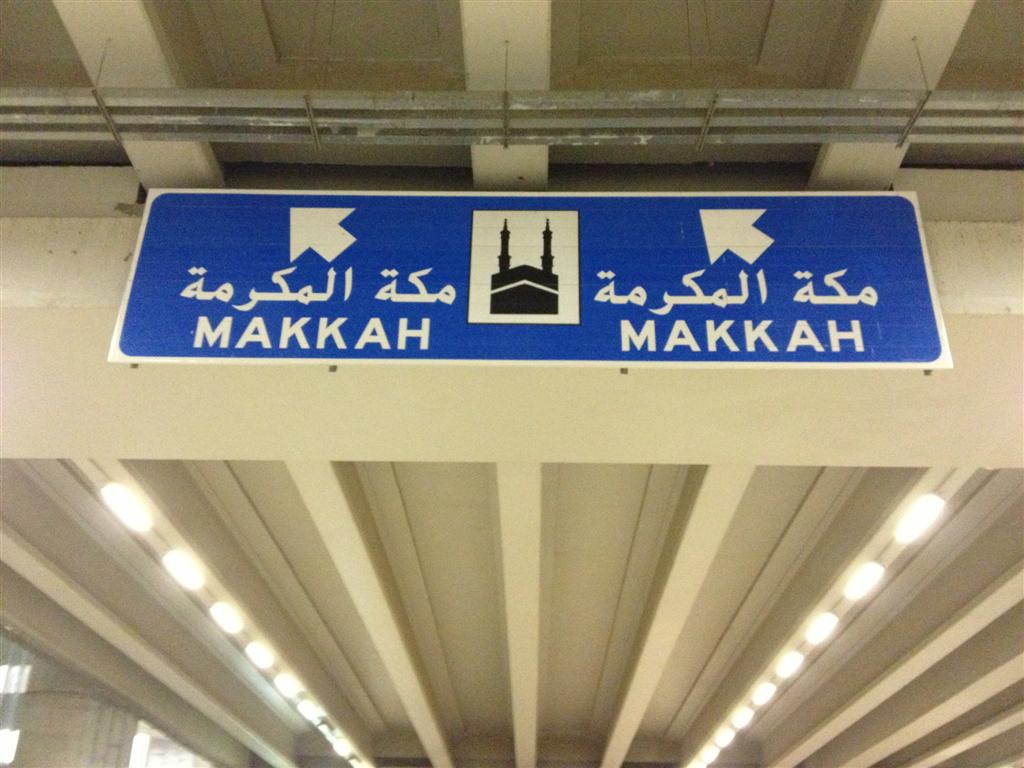Authorities have described this year’s Haj as the most successful ever as more than two million pilgrims performed their religious rites with peace.
“The Haj 1435 was a big success,” said Makkah Gov. Prince Mishaal bin Abdullah. “I thank the Almighty for helping the pilgrims perform their Haj rituals easily and comfortably,” he said.
He congratulated Custodian of the Two Holy Mosques King Abdullah, Crown Prince Salman and Deputy Crown Prince Muqrin for the successful Haj operation.
Pilgrims from across the world were full of praise for the Saudi government’s arrangements while foreign media persons commended Saudi security forces’ crowd management capability.
Hundreds of thousands of pilgrims streamed out of the tent city of Mina on Monday at the culmination of this year’s Haj.
They performed the symbolic stoning of the devil by throwing seven pebbles at each of the wall-like structures of the Jamrat.
It was extremely hot, but the movement near the Jamrat was orderly and uninterrupted. As part of the tradition, pilgrims have to leave Mina before sunset on Dul Hijjah 12. If for some reason they cannot do so, then the tradition is that they have to stay one more night and perform the stoning ritual.
The Jamrat Bridge was packed from 1 p.m. as a steady stream of pilgrims were brought in from different stations in Mina to the complex. Nearly one million made the trip on the final day of the stoning. Many went to the bridge on foot from their camps in various parts of Mina.
A pilgrim from Egypt, Ahmad Al-Masri, told Arab News that this was his third Haj. “The first time I came was in 1994. You cannot imagine how difficult Haj was in those days,” he said, while walking about the Jamrat complex.
“There was no train at that time and we had to walk many miles between the holy sites. The Saudi government deserves praise for having done a meticulous job. They have expanded Mina beyond imagination.”
Mohamed Al-Bunyan, an elderly pilgrim, said: “Haj demands physical and financial ability. If you have the money and no physical strength, then you cannot perform Haj. It demands personal sacrifice,” he said.
Mohammed Javed Rahman, from Bijnor, India, had his two-and-a-half-year-old son, Mubashir, with him while performing the stoning. Asked why he brought the little one, he said: “He wouldn’t stay with any of my relatives. He insisted and so I brought him. This is my first Haj and everyone tried to dissuade me from taking him, but I must tell you that he did not bother me at all. I took him on my shoulders for all the rituals and he’d laugh all the time. In fact, he was my strength at Haj.”
Rahman also praised the Saudi government for having done such a wonderful job organizing two million people. He said the only hitch was when he had to take the train from Arafat to Muzdalifa. The crowd was too much to handle for the train managers. “Save for that, everything else went well.”
The pilgrims moved out to the Grand Mosque in Makkah to perform the farewell circumambulation or Tawaf Al-Wida. Later in the night, domestic pilgrims left for their hometowns in various Saudi cities including Taif, Riyadh Jeddah, Dammam and Jazan. Most of the pilgrims from abroad went to Jeddah International Airport to catch their flights home. Arab News






 WhatsApp us
WhatsApp us 


1 comment
4 million were coped with, so why not only 2 million?